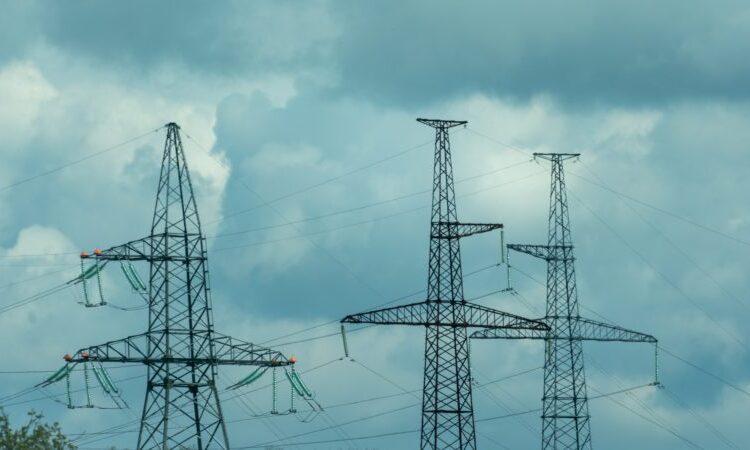
EU countries systematically underestimate the speed at which renewables will be added to grids in their development plans – making the investment gap larger than thought, new research made available to Euractiv has shown.
Europe’s got a grid problem. While the EU is rapidly adding new solar panels and wind turbines, investments into high-voltage long-distance electricity lines and lower-voltage distribution networks are lagging behind. A 2023 report put the gap at €583 billion by 2030 – but new research exclusively shared with Euractiv suggests that it could be even bigger.
Eleven EU countries are not sufficiently accounting for renewables targets in their grid plans, which “risks holding Europe’s supercharged energy transition back if plans aren’t updated,” said Elisabeth Cremona, an analyst at the clean-energy think-tank Ember, who conducted the study.
With solar booming, and wind on the mend, Ember found that 19 grid plans underestimate expected solar panel additions by 205 GW – while wind power is underestimated by ten countries for a total of 17 GW.
Without sufficient power lines, solar panels are left to dry. “Making sure solar and wind can actually connect to the system is as critical as the panels and turbines themselves,” said Cremona.
Grid bottlenecks can be a risk to the energy transition. Depending on the country, newly-built solar panels often have to wait for months to be connected to the grid – and start returning money to investors.
Adequate grid planning forecasts are crucial to ensure electricity from regions with large renewable potentials can be transferred to demand centres.
Some countries face situations like in Germany, where popular opposition saw multi-year delays block the transfer of wind power from North to South. Today, the backlog for power lines is 6,000 kilometres – and electricity bills in Germany are higher than most of Europe.
In Spain, grid operators’ bill for grid stability is higher than their annual investments.
And things will get worse quickly. “Grids risk being unprepared for the upcoming solar surge,” said Ember. With European renewable markets increasingly dominated by solar panels, EU countries’ plans diverge from up-to-date projections by as much as 82%.
Notable exceptions are Croatia, Denmark, Finland, and the Netherlands, whose grid plans keep pace with the expected surge in solar and, to a smaller extent, wind turbines.
“The Finnish TSO Fingrid appears to use high level political targets, such as climate neutrality in 2035 and EU climate neutrality in 2050, to guide its scenarios,” the think-tank wrote.
[Edited by Zoran Radosavljevic]








